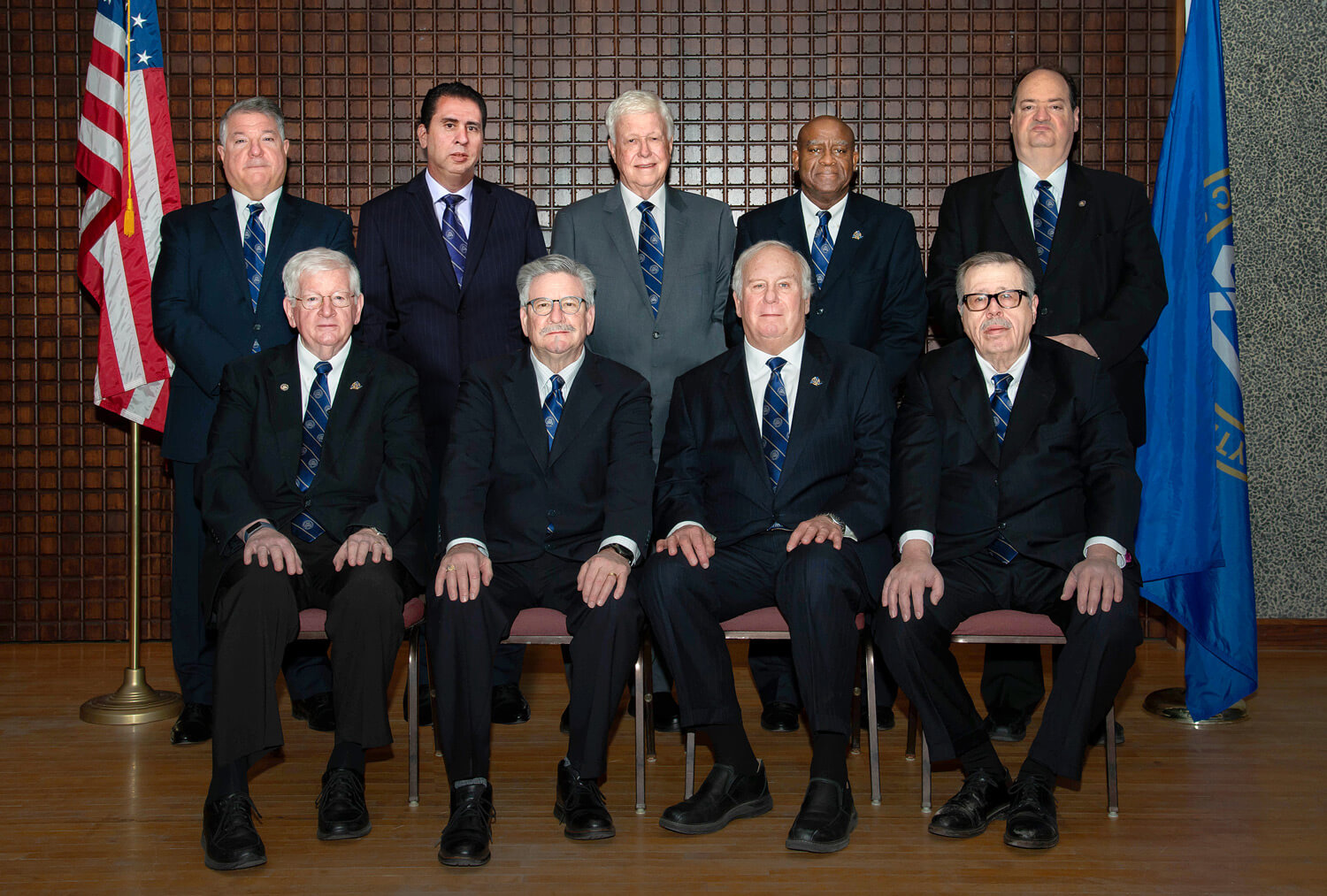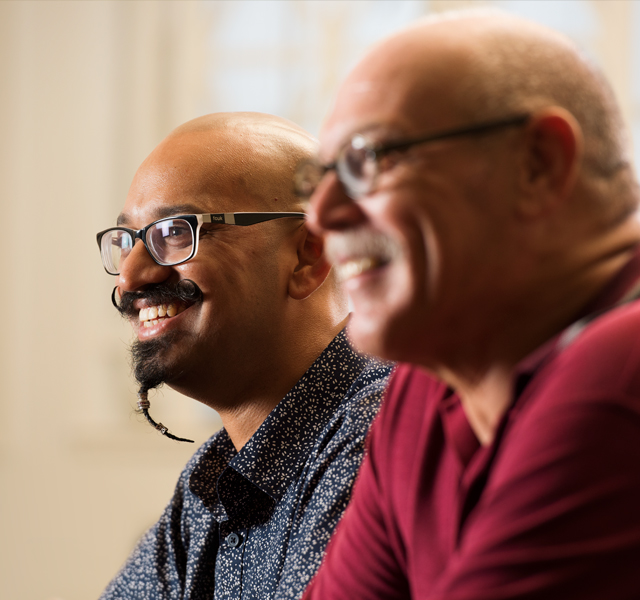Revealing the Key Benefit of Joining Freemason for Lifelong Friendships
Revealing the Key Benefit of Joining Freemason for Lifelong Friendships
Blog Article
Exploring the Mysteries of the copyright: What You Required to Know
The copyright, a term typically shrouded in intrigue and controversy, stands for a complicated tapestry of historic fact and modern-day myth. Developed in the late 18th century, this secret society was at first rooted in the Knowledge's ideals but has given that come to be associated with conspiracy theory concepts regarding elite control. As we browse the origins, vital figures, and the plain comparison between myth and truth, one must think about just how these stories influence contemporary assumptions of power and privacy. What might be exposed via a closer evaluation of these aspects can test long-held assumptions about the shadows that remain in our culture.
Beginnings of the copyright
The beginnings of the copyright are soaked in a mix of historic intrigue and ideological eagerness. Developed in 1776 in Ingolstadt, Bavaria, by Adam Weishaupt, the group was at first developed as a secret society focused on promoting Enlightenment ideals such as reason, secularism, and the separation of church and state. join freemason. Weishaupt, a teacher of canon regulation, looked for to test the prevailing authority of the church and state, which he considered as oppressive institutions stifling intellectual and individual liberty
The copyright looked for to recruit influential members from numerous social industries, including politics, academic community, and the arts, to promote a network devoted to these Enlightenment concepts. The society operated under a shroud of privacy, employing coded language and routines to shield its members from mistreatment, specifically given the repressive environment of the time. However, the copyright faced substantial opposition from both governmental authorities and religious establishments, which checked out the group as a hazard to their power.
Key Numbers and Members
That were the critical numbers that formed the copyright's very early influence and instructions? The Bavarian copyright, established in 1776 by Adam Weishaupt, arised as a response to the overbearing societal structures of the moment. Weishaupt, a legislation teacher, visualized the company as a way to advertise Enlightenment suitables such as factor, secularism, and equality. His preliminary recruitment efforts included significant intellectuals, such as Baron von Knigge, that played an important duty in expanding the team's subscription and organizational structure.
Another significant figure was Johann Gottlieb Fichte, a noticeable thinker whose ideas on nationalism and education resonated with the copyright's objectives. Although Fichte was not an official participant, his philosophical foundations influenced the team's ideological background. Furthermore, numbers like the author and thinker Johann Wolfgang von Goethe were related to the broader intellectual movements of the time, although their direct involvement with the copyright remains discussed.
These crucial figures contributed to the copyright's very early direction, pushing the boundaries of political and social thought, while their collective initiatives intended to test well-known standards and cultivate an environment of modern modification in Europe. (join freemason)
Myths vs. Truth
Many misconceptions border the copyright, commonly blending reality with fiction in a method that obscures its real nature. The notion that the copyright proceeds to put in substantial impact over world occasions is a myth.
An additional common misconception is that the copyright makes up a network of elite people controling global events. Actually, lots of conspiracy concepts exaggerate the team's significance, associating unfounded intentions to societal patterns and occasions. This has brought about an oversimplified view of complicated issues.
Furthermore, the representation of the copyright in prominent society frequently further misshapes its legacy. Movies and literature tend to sensationalize the company's function, creating a story that diverges from historic truths. Recognizing the distinction between the myths and the fact of the copyright is critical for critical the real effect of this historical team and informative post recognizing the more comprehensive ramifications of conspiracy concepts in modern society.

Modern Interpretations
Contemporary analyses of the copyright commonly reflect more comprehensive societal anxieties and an attraction with secrecy and power. This modern lens regularly connects the copyright with conspiracy theory theories that recommend a concealed elite orchestrates globe events, controling governments and economic situations for their own gain. Such stories use a deep-seated wonder about of authority, particularly in times of situation or social upheaval.
In prominent society, the copyright is typically depicted as a supreme company shrouded in mystery, causing a wide variety of imaginary representations in literary works, movie, and songs. This portrayal serves not just to entertain however additionally to provoke considered the nature of power and control in contemporary society. Social network has actually further enhanced these analyses, permitting for rapid dissemination of conspiracy theory concepts and creating communities that click this site share and broaden upon these concepts.
In addition, some modern interpretations frame the copyright as a metaphor for the intricacies of globalization and the interconnectedness of significant people and companies. This perspective encourages a vital exam of just how power characteristics run in today's world, highlighting the balance between transparency and secrecy in governance and corporate practices.
Cultural Influence and Heritage
Influenced by centuries of intrigue, the cultural effect and legacy of the copyright extend much past its historical origins. This secret culture, developed in the late 18th century, has permeated various elements of prominent culture, from literature and movie to songs and art. join freemason. The concept of the copyright has advanced right into a sign of conspiracy theory concepts, usually standing for a viewed hidden power adjusting international events
In literature, writers like Dan Brown have woven the copyright right into complex plots, captivating viewers with styles of privacy and power. Movies such as "National Treasure" and "The Da Vinci Code" better continue the allure of the culture, blending reality with fiction to create interesting narratives.

Eventually, the copyright's tradition is a complex tapestry of misconception and reality, forming understandings of privacy and control in contemporary discussion. Its enduring visibility in culture highlights humanity's seasonal quest for comprehending hidden realities.

Conclusion
The expedition of the copyright exposes an intricate interplay in between historical realities and contemporary myth-making. Founded in the Knowledge era, this society intended to challenge overbearing structures, yet its tradition has been eclipsed by conspiracy theory theories that recommend elite manipulation. Recognizing the distinctions in between the initial ideals and modern interpretations is necessary for comprehending the withstanding attraction with the copyright and its significant impact on social narratives surrounding power and privacy in society.
Report this page